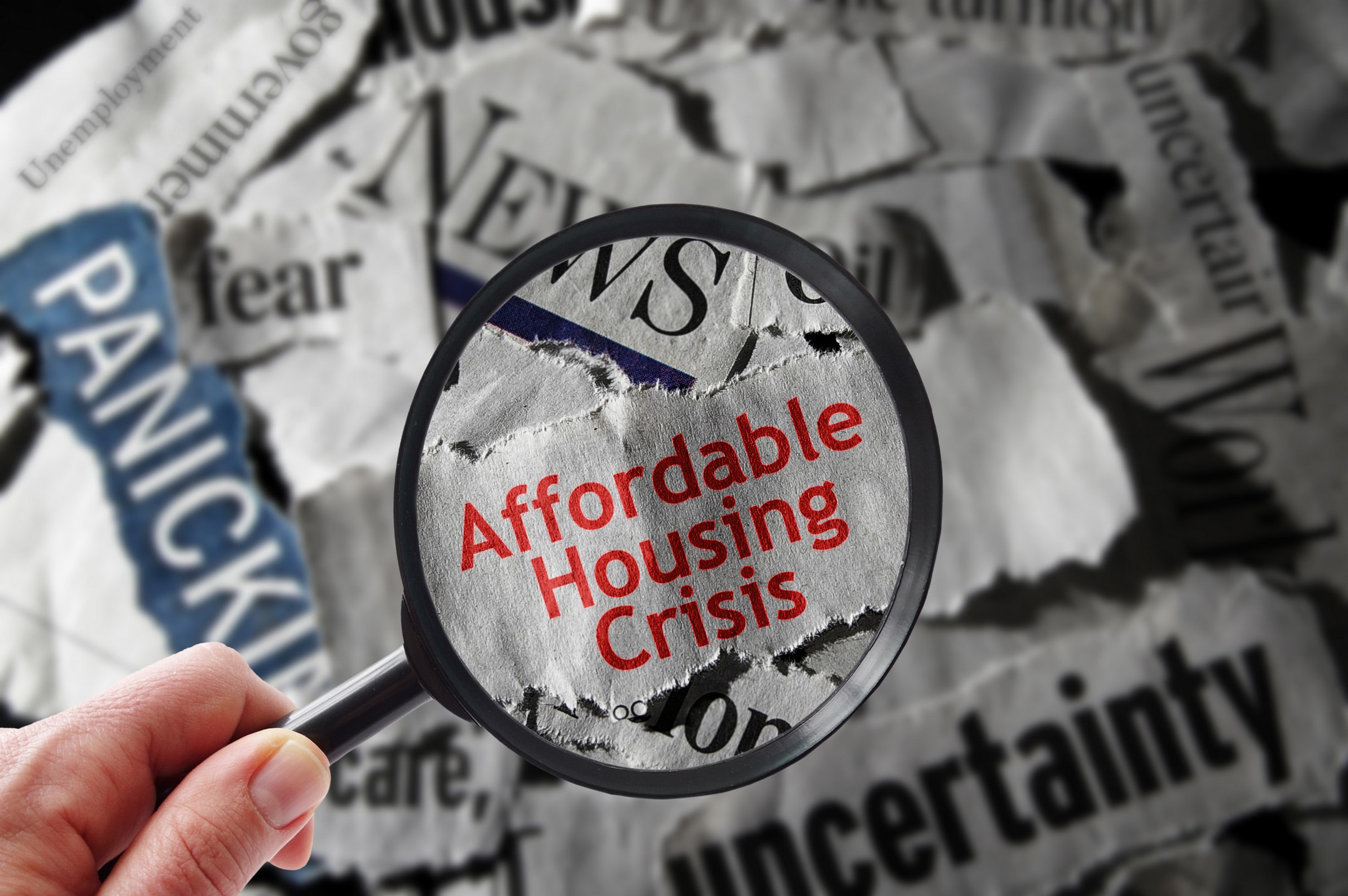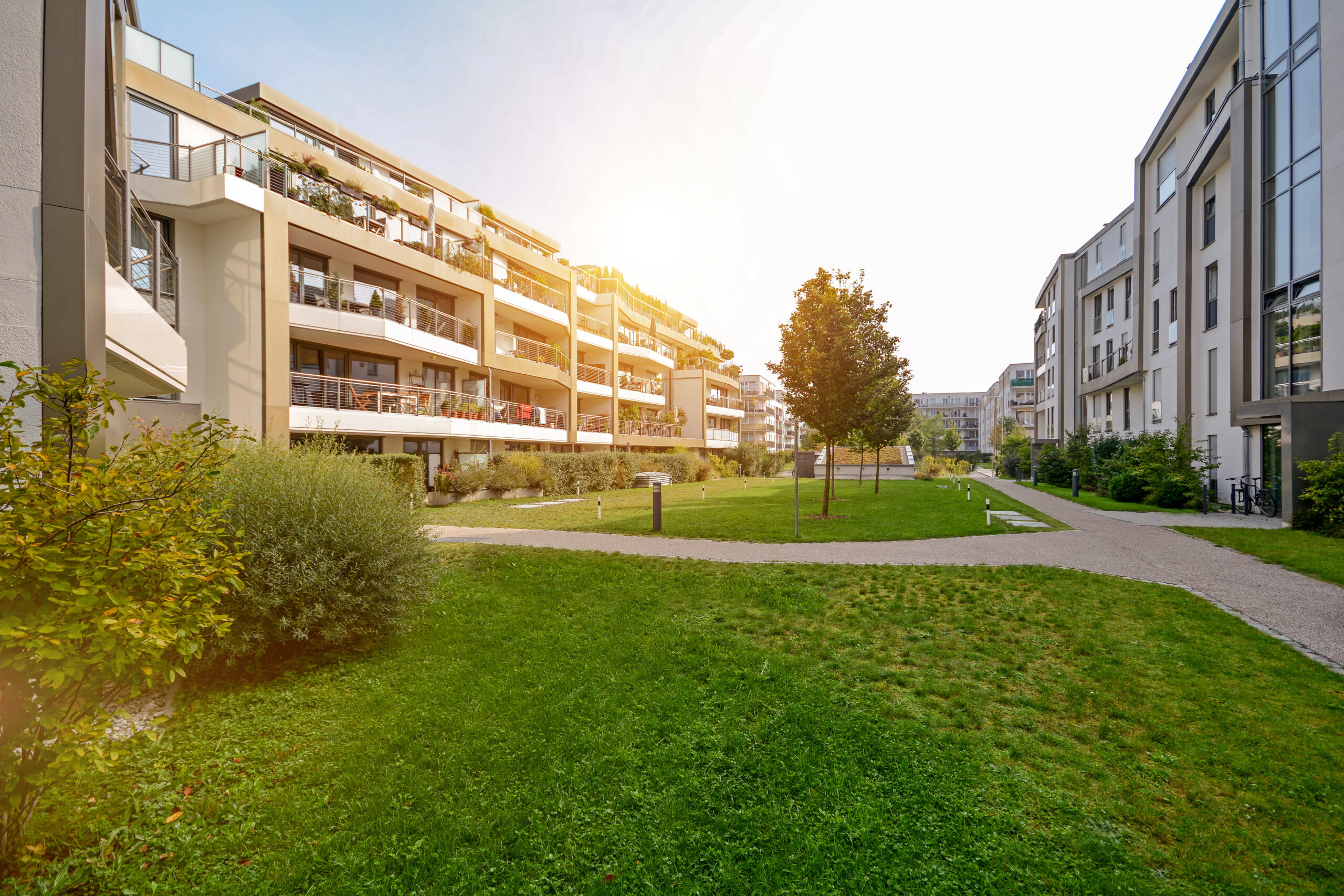Introduction to Investing in Assisted Living Facilities
As the UK population continues to age, investing in assisted living facilities is becoming one of the most promising and future-proof opportunities in the property sector. For seasoned assisted living investors and buy-to-let landlords seeking higher returns and long-term stability, this niche market is fast proving its worth.
With traditional rental models facing tighter regulations, higher taxes, and more tenant-related challenges, the need to diversify has never been clearer. Assisted living facilities present a compelling solution: a socially impactful investment aligned with demographic trends, capable of delivering both solid yields and sustained demand.
Why the Demand for Assisted Living is Booming
The UK is experiencing an unprecedented demographic shift. By 2035, more than 23% of the population is projected to be over 65. This surge in the senior population is fuelling a sharp rise in demand for age-appropriate housing that bridges the gap between independent living and full-time care.
Unlike care homes, assisted living facilities offer self-contained units with support services on site—such as meal plans, cleaning, and 24/7 emergency assistance. This model appeals to seniors who value their independence but still need a safe and supportive environment. The result? A high-demand, low-supply sector with clear growth potential.
For property investors, investing in assisted living facilities means entering a market with built-in demand that is set to grow year after year.
A Strong Alternative for Buy-to-Let Investors
Buy-to-let investors have long relied on traditional residential rentals for income, but pressures from increased regulation, licensing, and market saturation are prompting many to reassess their strategy. Assisted living provides a lucrative alternative.
These properties often come with long-term tenants, lower turnover rates, and stable income streams—characteristics that are highly attractive for any investor looking to reduce void periods and management headaches. Additionally, rental agreements are frequently backed by care providers or housing associations, adding another layer of financial security.
For landlords who are tired of chasing rent, navigating eviction moratoriums, or contending with rising maintenance costs, investing in assisted living facilities can offer a more hands-off and dependable solution.

Higher Yields, Lower Risk?
It’s not just about stability—returns in the assisted living sector can also outpace those in traditional residential markets. With a combination of rental income, service charges, and sometimes even profit-sharing arrangements with operators, investors can unlock attractive yields.
Furthermore, because assisted living facilities cater to a specific demographic with unique needs, there is less direct competition and often less price sensitivity among residents. This helps sustain rental values, even during market downturns.
Importantly, the ethical appeal of this investment model shouldn’t be overlooked. Investors are not only building wealth—they’re also contributing to the wellbeing of an aging population, adding a socially responsible edge to their portfolio.
What to Look for When Investing in Assisted Living Facilities
Location remains key. Properties near hospitals, shops, and transport links tend to attract more interest from both residents and operators. However, the reputation and quality of the care provider is equally critical. Partnering with a well-managed operator ensures the smooth running of the facility and supports long-term occupancy rates.
Investors should also consider the level of care provided, the amenities available, and whether the property is part of a wider retirement village or a standalone unit. All of these factors can influence demand, rental rates, and long-term value.
Working with experienced developers or agents who specialise in assisted living is highly recommended. They can provide insights on planning regulations, potential exit strategies, and the financial structuring of such investments.

The Future is Silver
As the population ages, the silver economy—driven by seniors and their spending power—will only grow. Investing in assisted living facilities today is a chance to ride the crest of that wave.
Compared to conventional residential investments, assisted living offers the trifecta of income, impact, and insulation from volatility. Whether you’re an experienced assisted living investor or a buy-to-let landlord looking to pivot into a more rewarding market, this sector offers long-term security with a purpose.
Conclusion to Investing in Assisted Living Facilities
With demographic trends accelerating and societal needs shifting, investing in assisted living facilities is no longer a niche play—it’s becoming a mainstream strategy for forward-thinking property investors. For those seeking not just financial return but also a meaningful legacy, this sector presents an unmatched opportunity.
Whether you’re looking to diversify your portfolio, reduce tenant-related risks, or tap into a market with near-guaranteed demand, assisted living facilities deserve serious consideration. The future of senior care property is here—and it’s ripe for investment.










